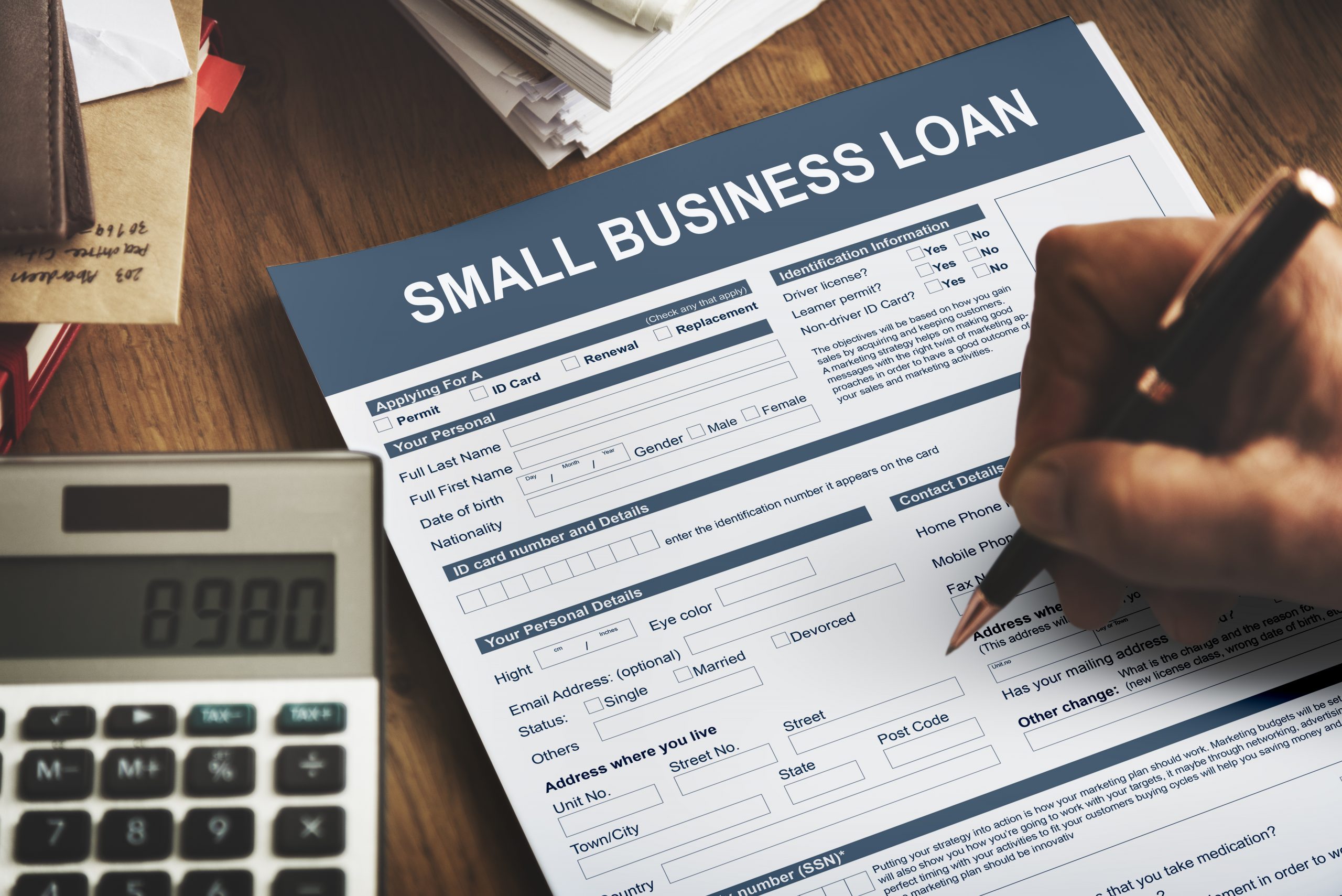Across most of the developed world, credit cards are the most common and convenient method of payment for goods and services in this century. Issued by a financial institution (a bank or credit union, for example) they represent an accessible line of credit that can be used for pretty much any and all transactions (though there may be some exceptions). The issuing financial institution allows the credit card user to pay for goods and services with the condition that the consumer will repay the full amount borrowed, plus accrued interest (and fees, if applicable). Of course, there may be additional charges that have been agreed upon between the card issuer and the cardholder.
As mentioned, credit cards are issued by banks, credit unions, and other financial institutions, and there are literally thousands of such issuers. On each credit card you will find the issuing institution’s name or logo, which is usually imprinted on the front of the credit card. The face of the credit card will also have the card number, the card holder’s name, the card expiration date and the payment network logo (Visa, MasterCard or Discover); now, a “smart” chip is often embedded in the card. On the reverse of the card, along with the signature line, is the “security code,” typically a three or four digit number used to verify that you (as the card holder) have the actual credit card in hand.
The payment network is the company that processes the transactions made with that particular credit card; they ensure that the amount of money for that transaction is properly charged. There are several payment networks, and in the United States, the most familiar are VISA, MasterCard, Discover and American Express.
Why the Charges?
The big question in the mind of most customers is how are the charges assessed? Of course, a consumer agrees to the charges before they’re even permitted to use the card, but what is with all of those charges anyway? There may not be a one-size-fits-all answer, but to have at least some understanding of the reasons, we should first see what types of credit cards actually exist.
Types of Credit Cards
Secured Credit Card
A secured credit card is generally recommended for an individual who hasn’t yet established a credit history; it is backed by a security deposit of cash which serves as collateral against the card.
Also known as a prepaid credit card, a secured credit card is similar in most aspects to the standard credit card; the difference is that a secured credit card requires the consumer to make a deposit against it to be used in the event payments are not made. To that end, a secured credit cardholder is required to make the minimum monthly payments towards the credit card balance.
While one could view the underlying “security” or “collateral” of this type of credit card as the cost or fee for its acquisition, there may be other “hidden charges.” The ultimate purpose of the charges is to prompt the continued use of the card since it would make little sense to not use a service you have paid for. As such, the card holder would continue to make purchases, then pay it back on a timely basis (of course, not just the amount “borrowed” but the stipulated interest to which you agreed). As the user, you have the right to request a copy of your credit card agreement, which reflects all charges you are liable for; a copy of the agreement is usually included in each statement or available online.
Private Label Credit Card
A private credit card is a branded credit card that can only be used at the retail store or website of the issuing company; in the United States, Kohl’s, Macy’s and Lowe’s are three of the more well-known private credit card issuers. Retailers are not the only ones known for issuing private label credit cards; many organizations, manufacturers and service industry companies also offer their own branded credit cards.
Regular Credit Card
A regular credit card gives its holder access to credit on an unsecured basis. These cards work in the same way as a bank loan would, but instead of putting the money into a bank account for the borrower to use as needed, the borrowed money is set aside as your credit availability for you to use as and when needed. The issuer of the credit card will place a limit on how much credit will be permitted to be withdrawn. The amount withdrawn or the “loan” is either paid back in full at the end of the billing cycle or else a minimum payment (or more, as you are able) will be required on a monthly basis until the loan is paid in full.
Fees and Rates
To give you a better understanding of your credit card’s processing fees, you should be aware that there are three key players that decide what and how much to charge you as the card holder. Those players are the card issuer, the card network, and the payment processor.
Card Processing Fees
Known as the “discount rate” are the fees a merchant must pay for each and every credit card sale. Because these fees can be comparatively high (to the actual credit card charge), a merchant can require a minimum credit card amount be reached ($10, according to the Federal Reserve Bank) before a credit card can be used, which may have the effect of discouraging some credit cards users. An MSP (Merchant Service Provider) determines the exact fee which is comprised of three parts:
Assessment (Service) Fees
These fees are paid directly to the various payment networks for the use of their card brand and for the processing of payments on these networks. Assessment fees are charged based on the total monthly transactions made by a credit card; assessment fees vary from network to network as well as transaction volume and type.
Interchange Fees
Interchange fees are set by each payment network and differ from assessment fees in that they are charged based on the individual transaction; the interchange fee is typically higher than the assessment fee. Simply put, an interchange fee is paid every time a credit card is used in a purchase transaction; it is a fee that is paid from the merchant account to the card issuing bank.
The Processing Fee
Unless restricted by law (as it is in some states), the processing fee is typically paid by the card holder; some merchants will refer to it as a “convenience fee.” Essentially, the processing fee is paid to the respective credit card processor for the use of their product. Processing fees are charged per transaction, and may be considered a “hidden fee” added to the monthly fees. A review of the credit card agreement would give you specific information regarding this fee.
Credit Card Possession Fees
Annual Fee
The annual fee is simply the cost the consumer will bear for maintaining the credit card; these fees could range from as low as $19 to as high as $500 a year. Not all credit card issuers charge an annual fee; however, many “charge card” issuers (such as American Express or Diner’s Club) may charge a fee to the cardholder on an annual basis. Charge cards are very different from credit cards; though you are essentially borrowing from the card issuer, a charge card is always paid in full at the end of each billing cycle. The re is no interest income for the card issuer so the annual fee is assessed as a way to generate revenue.
Balance Transfer Fee
This fee is common to all types of credit cards, whether bank or company issued, secured or unsecured. It is assessed only when a transfer is ordered from one credit account to another (sometimes at the issuing bank, or perhaps at another financial institution, to pay off debt). The amount typically ranges between 3 and 5% of the transferred funds. A credit card user might want to take advantage of this, despite the balance transfer fee, if their Annual Percentage Rate is lower with the transfer.
Expedited Payment Fees
This is an amount charged for making a last-minute transaction, typically completed by phone or online. It is most often associated with banks rather than alternative lenders. The expedited payment fee may be a fixed amount, say $10 and $15, or else may be a percentage of the transaction. In some cases, that may be less expensive than the fee associated with a late payment.
Late Payment Fees
If a card holder fails to either repay his loan in its entirety or make the minimum monthly payment into the credit account by the due date, the card holder is liable for the payment of a late fee. Virtually all credit card issuers charges this, with rare exception. Moreover, a late fee shows as a negative report on your credit history and usually brings your score down.
To avoid being charged a late fee, the card issuer would always encourage you to reach out to them before the due date if you believe you will have difficulty making a payment. The credit card issuer would prefer to work out a repayment arrangement with you, which could mean smaller payments over a longer period. This is not intended for the credit card holder who is habitually late in making payments or who has reached the point at which the loan is on the verge of being charged off (usually six months past the first due date). At the charge-off point, the late fee is no longer a negotiable charge; rather, it is often exponentially more costly than the original charge.
Cash Advance Fee
This fee is typically associated with regular credit cards or some private label credit cards. It takes effect only when a customer “requests” a cash advance against their credit limit, such as when a cash transaction is necessary, or else when an overdraft occurs. A cash advance fee can be a flat fee or a percentage of the cash advance amount. There are no grace periods (i.e. a period where no interest is charged) for cash advances; interest begins accruing immediately after the disbursement.
Foreign Transaction Fees
This fee is associated with funds transferred overseas for goods or services. The foreign transaction fee is applicable only to regular credit cards and secured credit cards, as private label credit cards are merchant-specific and cannot be used to send money outside of the country.
These charges cover purchases made outside the United States, which means your credit card can work abroad but at a higher cost than the actual amount spent, given the inclusion of the foreign transaction fee. Some credit card issuers do not charge a fee, so if this is an activity you engage in often, it would be prudent to shop around for one of those issuers.
Over-the-Limit Fees
This is a charge assessed when a user attempts to make a purchase that would put the account beyond the card’s credit limit. The Credit Card Act of 2009 went some ways toward alleviating this charge, but some financial institutions do still assess this fee. All card types are liable for this charge; however, by paying more than the minimum amount due on a flexible credit account, you have effectively increased the maximum amount you can withdraw. You could also opt-out of over-the-limits fees, which means that transactions that would exceed your credit card limits would be immediately rejected thus no over-the-limit fee would be assessed.
Returned Payment Fees
Also known as a returned check fee, this is an amount charged to a credit card customer whose payment has come back unpaid by their bank, often for insufficient funds (NSF). An NSF fee can range between $25 and $35 or more. To avoid this fee, a customer is advised to be certain there are sufficient funds in his bank account to satisfy the credit card payment before the payment is processed.
Credit Limit Increase Fee
This is a fee charged to customers that possess a credit card account that isn’t flexible; meaning it can’t be paid down and then the available balance re-used. The only way to extend the maximum allowed withdrawal would be to request a credit limit increase which could result in a fee being assessed. Alternatively, a card user might seek out a flexible credit card instead, or limit his withdrawal amount to the maximum allowed.
Credit Card Replacement Fee
If a credit card is lost or is misplaced, a nominal fee may be charged to replace the card. An expiring card generally does not have a fee attached to it, nor are cards that may have been stolen or compromised.
Final Thoughts
In conclusion, it’s clear that some credit card fees may be avoidable, but the fact is most of them simply are not. Plainly stated, credit card companies are in the business to make money. So as not to be caught unaware, be sure to obtain a copy of your Credit Card Agreement from the issuer and actually read it. Contact the customer service department and ask questions, especially if you feel you’ve been wrongly charged for something. A level-headed discussion could go a long way to creating goodwill and perhaps that unexpected charge will be waived.
Share and add your comments to the section provided below.





